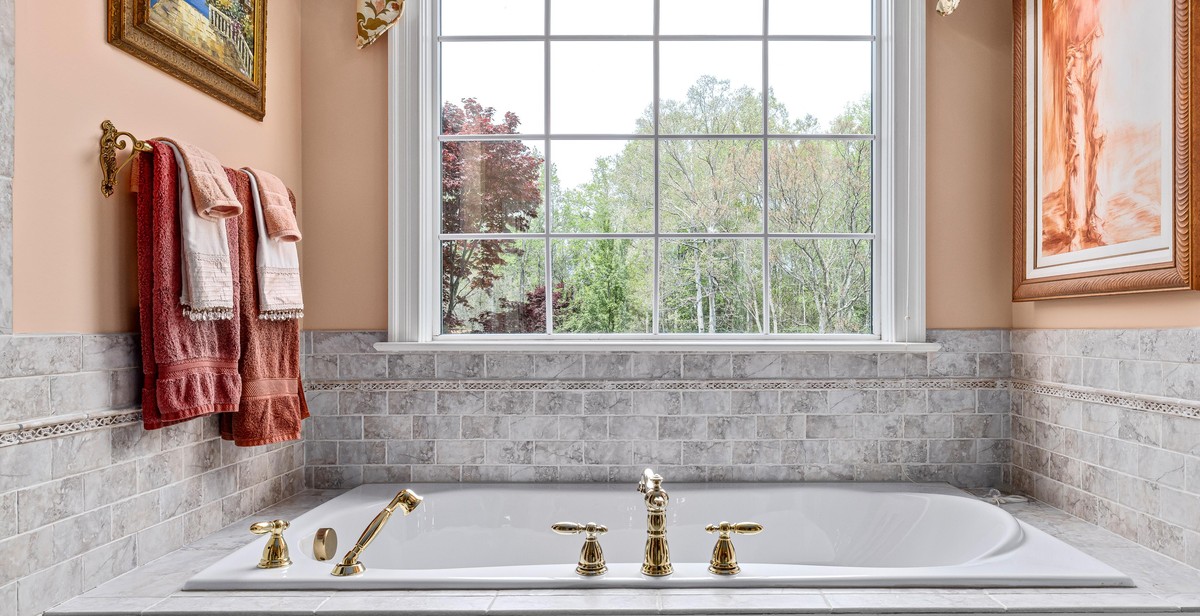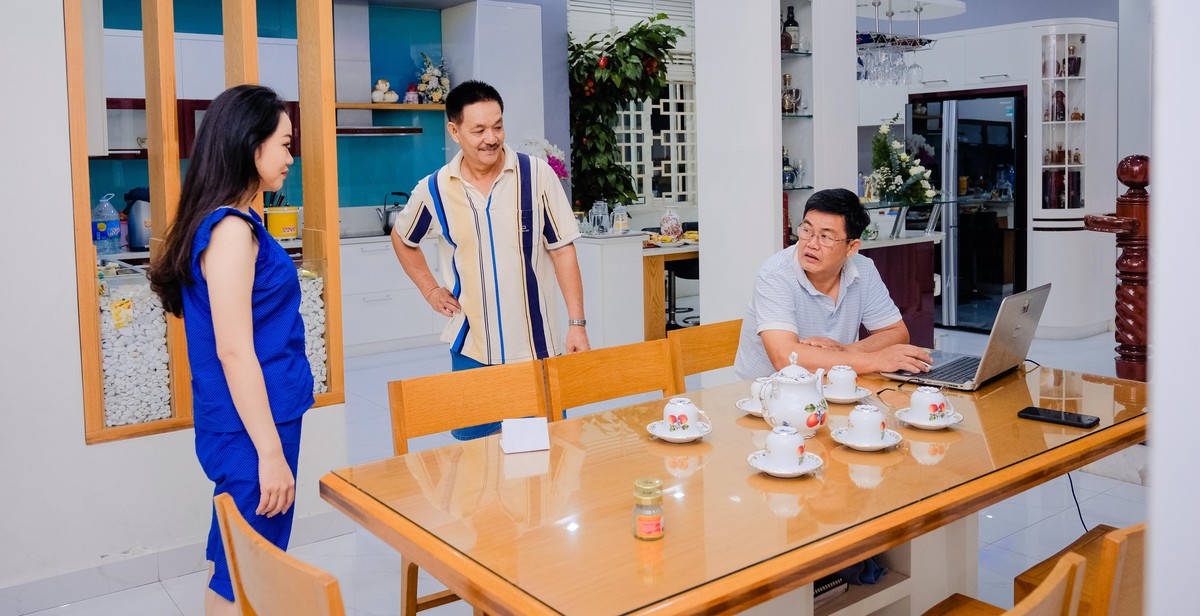Introduction
As the world becomes more environmentally conscious, the demand for eco-friendly and sustainable products is on the rise. One area where this trend is particularly noticeable is in the furniture industry. Today, many people are opting for eco-friendly and sustainable furniture, which is crafted using materials and production methods that are kinder to the environment.
Why choose eco-friendly and sustainable furniture?
There are several reasons why eco-friendly and sustainable furniture is a better choice for both you and the planet. Firstly, it helps to reduce your carbon footprint. The production of traditional furniture often involves the use of materials and chemicals that are harmful to the environment. This can lead to deforestation, pollution, and other negative environmental impacts. Eco-friendly and sustainable furniture, on the other hand, is made using renewable resources and non-toxic materials, which reduces its impact on the environment.
Secondly, eco-friendly and sustainable furniture is often of higher quality than its traditional counterparts. This is because it is crafted using natural materials that are more durable and longer-lasting. This means that you will not have to replace your furniture as often, which saves you money in the long run.
Overall, choosing eco-friendly and sustainable furniture is a great way to reduce your impact on the environment while also enjoying high-quality, long-lasting furniture. In the following sections, we will explore some tips on how to choose the best eco-friendly and sustainable furniture for your home.

Materials for Eco-Friendly Furniture
Choosing eco-friendly furniture is not just about the design and style, it is also about the materials used. Here are some of the materials you should look for when buying eco-friendly furniture:
1. Bamboo
Bamboo is a fast-growing grass that is commonly used in eco-friendly furniture. It is durable, strong, and sustainable. Bamboo furniture is also lightweight and comes in various styles and designs.
2. Reclaimed Wood
Reclaimed wood is wood that has been salvaged from old buildings, bridges, and other structures. It is a sustainable option because it reduces the need to cut down new trees. Reclaimed wood furniture has a unique character and adds warmth to any room.
3. Recycled Plastic
Recycled plastic is a popular material for outdoor furniture. It is made from post-consumer plastic waste such as water bottles and food containers. Recycled plastic furniture is durable, weather-resistant, and easy to maintain.
4. Organic Cotton
Organic cotton is grown without the use of pesticides and other harmful chemicals. It is a sustainable option for upholstered furniture such as sofas and chairs. Organic cotton is also hypoallergenic and gentle on the skin.
Materials to Avoid
Not all materials are eco-friendly, and some should be avoided when buying furniture. Here are some materials to avoid:
- Particleboard and MDF (medium-density fiberboard) contain formaldehyde, a harmful chemical that can cause respiratory problems.
- Polyurethane foam is a petroleum-based product that emits volatile organic compounds (VOCs) which can cause health problems.
- Leather and other animal products are not eco-friendly because they require a lot of resources to produce and contribute to animal cruelty.
| Material | Advantages |
|---|---|
| Bamboo | Durable, strong, sustainable, lightweight |
| Reclaimed Wood | Sustainable, unique character, adds warmth |
| Recycled Plastic | Durable, weather-resistant, easy to maintain |
| Organic Cotton | Sustainable, hypoallergenic, gentle on skin |

Production of Eco-Friendly Furniture
Eco-friendly furniture is produced using sustainable and environmentally friendly methods. The production process involves the use of materials that are renewable, non-toxic, and recyclable. The production of eco-friendly furniture is designed to minimize the impact on the environment while also providing high-quality products that are long-lasting and durable.
Materials Used in Production
The materials used in the production of eco-friendly furniture are carefully selected to ensure that they meet strict environmental standards. These materials include:
- Bamboo
- Reclaimed wood
- Cork
- Recycled plastic
- Organic cotton
These materials are chosen for their sustainability and non-toxicity. They are also durable and long-lasting, which means that they can be used to create furniture that will last for many years.
Production Methods to Avoid
When choosing eco-friendly furniture, it is important to avoid production methods that are harmful to the environment. These methods include:
- Clearcutting forests
- Using toxic chemicals in production
- Wasting water and energy
By avoiding these production methods, you can ensure that the furniture you choose is truly eco-friendly and sustainable.
| Pros of Eco-Friendly Furniture Production | Cons of Eco-Friendly Furniture Production |
|---|---|
| – Uses renewable materials – Reduces waste and pollution – Helps to preserve natural resources |
– Can be more expensive – Limited availability in some areas – May require more maintenance |

Certifications for Eco-Friendly Furniture
When shopping for eco-friendly and sustainable furniture, it’s important to look for certain certifications that ensure the product meets specific environmental standards. These certifications provide assurance that the furniture has been made with minimal impact on the environment and is safe for use in your home. Here are some of the most common certifications to look for:
Forest Stewardship Council (FSC)
The Forest Stewardship Council (FSC) is an international organization that works to promote responsible forest management. Furniture made from FSC-certified wood comes from forests that have been responsibly managed, ensuring that the wood is harvested sustainably and without harming the environment.
Global Organic Textile Standard (GOTS)
The Global Organic Textile Standard (GOTS) is a certification for textiles made from organic fibers. Furniture that is GOTS-certified is made from natural materials that have been grown and processed without the use of harmful chemicals, making it safe for use in your home.
Cradle to Cradle (C2C)
The Cradle to Cradle (C2C) certification ensures that a product has been designed with the environment in mind, with the goal of creating a closed-loop system where waste is eliminated and all materials can be reused or recycled. Furniture that is C2C-certified is made with non-toxic materials and is designed to be easily disassembled and recycled at the end of its life.
Greenguard
The Greenguard certification is given to products that have been tested for indoor air quality and are deemed safe for use in homes and other indoor spaces. Furniture that is Greenguard-certified does not release harmful chemicals into the air, ensuring that you and your family can breathe easy while enjoying your new eco-friendly furniture.
Energy Star
The Energy Star certification is given to products that meet strict energy efficiency guidelines set by the Environmental Protection Agency (EPA). Furniture that is Energy Star-certified uses less energy than traditional furniture, helping you save money on your energy bills while reducing your carbon footprint.
By looking for these certifications when shopping for eco-friendly furniture, you can ensure that you are making a responsible choice for both your home and the environment.

Design and Functionality
One of the biggest misconceptions about eco-friendly furniture is that it lacks style and functionality. However, this couldn’t be further from the truth. With the increasing demand for sustainable and environmentally responsible products, furniture designers and manufacturers are now creating pieces that not only look great but also function well.
Design
Eco-friendly furniture comes in a wide variety of styles, from modern and contemporary to traditional and rustic. Designers are using sustainable materials such as bamboo, reclaimed wood, and recycled plastic to create unique and stylish pieces that are both functional and environmentally responsible.
Many eco-friendly furniture pieces are also customizable, allowing you to choose your own fabric, wood finish, and other details. This means that you can create a piece that not only fits your style but also meets your specific needs.
Functionality
Eco-friendly furniture is not only stylish but also highly functional. Many pieces are designed with multiple uses in mind, such as storage solutions and convertible designs. For example, a coffee table may have built-in storage for magazines and books, or a sofa may have a pull-out bed for guests.
Eco-friendly furniture is also built to last, using high-quality materials and construction methods that ensure durability and longevity. This means that you can enjoy your furniture for years to come, without having to worry about replacing it anytime soon.
Conclusion
Overall, eco-friendly furniture is both stylish and functional, offering a wide variety of design options and functional features. By choosing eco-friendly furniture, you can not only enhance the style and functionality of your home but also contribute to a more sustainable and environmentally responsible future.

Cost of Eco-Friendly Furniture
One of the most common misconceptions about eco-friendly furniture is that it is always more expensive than traditional furniture. While it is true that some eco-friendly furniture can come with a higher price tag, this is not always the case. In fact, as the demand for sustainable and environmentally responsible products increases, many eco-friendly furniture options are becoming more affordable.
When it comes to the cost of eco-friendly furniture, there are a few factors to consider:
Materials
The materials used to make eco-friendly furniture can impact the cost. For example, furniture made from sustainably harvested wood or recycled materials may be more expensive than furniture made from non-sustainable materials.
Manufacturing Process
The manufacturing process can also impact the cost of eco-friendly furniture. Furniture made using environmentally responsible manufacturing processes may be more expensive due to the additional costs associated with these practices.
Brand
The brand of eco-friendly furniture can also impact the cost. Some brands may charge a premium for their sustainable and environmentally responsible products, while others may offer more affordable options.
Overall, the cost of eco-friendly furniture will vary depending on the specific product and brand. However, it is important to remember that investing in eco-friendly furniture can have long-term benefits for both the environment and your health.
| Pros | Cons |
|---|---|
|
|

Conclusion
Choosing eco-friendly and sustainable furniture is not only good for the environment, but it can also be beneficial for your health and wallet. By selecting furniture made from natural, non-toxic, and renewable materials, you can reduce your exposure to harmful chemicals and contribute to a healthier indoor environment.
When shopping for eco-friendly furniture, look for certifications such as Forest Stewardship Council (FSC), Sustainable Forestry Initiative (SFI), or Cradle to Cradle (C2C), which ensure that the wood used in the furniture is sourced responsibly and sustainably. You can also opt for furniture made from recycled or upcycled materials, which not only reduces waste but also gives new life to old materials.
Another option is to choose furniture made from natural materials such as bamboo, cork, or organic cotton, which are renewable and biodegradable. These materials are also often locally sourced, reducing the carbon footprint of transportation.
Finally, consider the longevity of the furniture you choose. Investing in high-quality, durable furniture that will last for years to come is not only better for the environment but also saves you money in the long run.
By following these tips and being mindful of your furniture choices, you can create a more sustainable and eco-friendly home while also supporting businesses that prioritize environmental responsibility.
